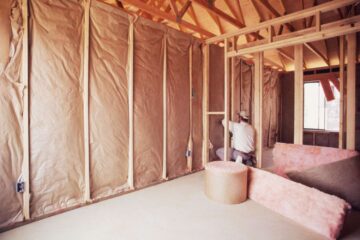As energy efficiency becomes increasingly crucial in building design, glass wool insulation has emerged as a preferred solution for architects and homeowners. This innovative material, made primarily from recycled glass, provides exceptional thermal regulation while supporting sustainable construction practices.
The unique structure of glass wool, with its intricate web of fine fibers, creates millions of tiny air pockets that effectively trap heat. This design allows buildings to maintain stable indoor temperatures year-round, reducing energy consumption by up to 40% compared to uninsulated structures. During colder months, it prevents heat loss, while in summer, it blocks excessive heat from entering, resulting in significant cost savings on heating and cooling.
Beyond thermal performance, glass wool excels in noise reduction. Its dense fibrous composition absorbs sound waves, making it ideal for urban residences, offices, and educational facilities where acoustic comfort matters. The material’s fire-resistant properties add another layer of safety, as it doesn’t combust or release toxic fumes when exposed to high temperatures.

Environmental benefits make glass wool particularly appealing for eco-conscious projects. Containing up to 80% recycled content, it helps reduce landfill waste while being fully recyclable at the end of its lifespan. The production process requires less energy than many alternative insulation materials, further minimizing its carbon footprint.
Easy to install and maintain, glass wool adapts to various construction needs, from residential attics to commercial wall cavities. Its lightweight nature and flexibility allow for seamless integration around pipes, ducts, and irregular spaces, ensuring complete coverage without thermal bridges.
As building regulations worldwide continue to emphasize energy conservation, glass wool insulation stands out as a smart, sustainable choice that delivers long-term performance while supporting global environmental goals. Its combination of efficiency, safety, and eco-friendliness makes it an essential component in modern, responsible construction.


